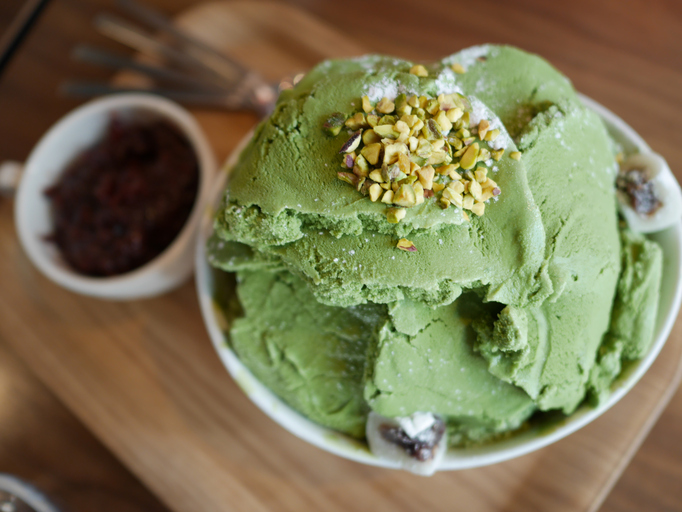
By Rieva Lesonsky
The other day I had an argument with my sister that eating ice cream makes my blood pressure go down. She didn’t buy it—but I didn’t mean literally anyway. I just meant I love ice cream.
Well, I’m obviously not alone. New research from Mintel, shows while retail sales of frozen yogurt and non-dairy ice cream have decreased 10% in the last two years, sales of ice cream and frozen treats jumped 7% (from 2014-16) hitting $12.8 billion.
Consumer surveys back this up. Mintel reports only 11% of Americans are, due to health concerns, eating less ice cream/frozen treats. And interestingly, 10% of consumers are not interested in substituting “healthy versions” of ice cream for the real thing, and 27% buy it despite knowing it’s unhealthy. The one exception, soft-serve yogurt remains popular in yogurt shops.
It’s all about satisfying cravings says Mimi Bonnett, Director, US Reports, Food, Drink and Foodservice at Mintel. And she adds, “even products with healthy claims need to ensure they maintain their appeal as a treat.”
Globally, ice cream substitutes are doing quite well, particularly in Europe. Last year, the global market for ice cream was 13 billion liters sold strong. India, Indonesia and Vietnam are among the fastest-growing ice cream markets. The U.S. is the world’s second-biggest market for ice cream (China’s #1), selling about 2.7 billion liters last year.
The challenge is in ice cream innovation. Mintel says 32% of ice cream products launched last year came from the Asia Pacific region, while “the share of ice cream products launched in North America fell from 19 percent to 14 percent in the same time period.”
That’s driving western consumers to try new flavors and products. According to Mintel, they’re trying more eastern-inspired flavors of ice cream, such as green tea and mango, or mochi ice cream from Japan or kulfi from India, which are particularly popular in Canada. In the U.S., ice cream rolls (which we mentioned in Catering to “Foodies”)a Thai treat continue to gain traction, as does mochi ice cream, which is a “Japanese treat of frozen rice dough around an ice cream filling.”
If you sell (or want to) ice cream, Mintel says keep your eye on new innovations coming from the the Middle East. For instance, Booza, “a traditional type of ice cream from Syria and Lebanon, has one clear advantage which should resonate the world over: It is very slow to melt.”






